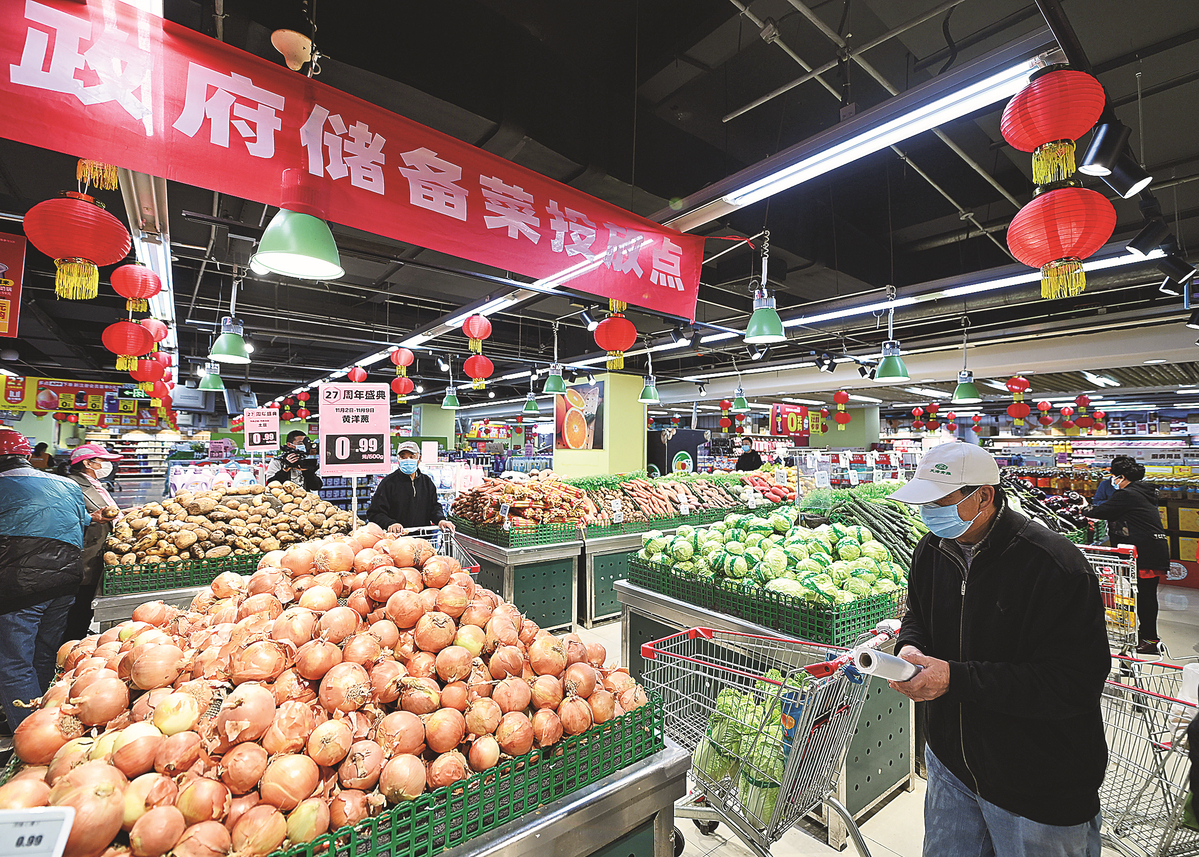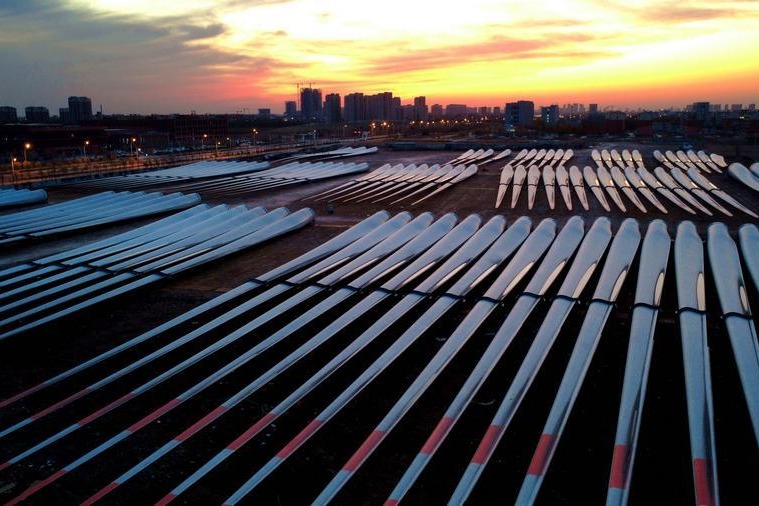Falling prices bring consumers relief


Flooding damage
Tang Ke, director of the ministry's Market and Economic Information Department, said autumn floods damaged more than 130,000 hectares of vegetables. Low temperatures and a lack of sunshine also affected vegetable growth.
In addition, the cost of yields rose due to rising prices for fertilizers and pesticides, Tang said.
The rising cost of regional transportation was another reason for the surging prices.
"Shandong Shouguang Vegetable Industry Group said it cost 4,000 yuan per truck to transport vegetables to Jinhua, Zhejiang province, in the first half of this year, but charges rose to 6,000 yuan in the second six months," Tang said.
Insufficient power supplies for greenhouse vegetables in northern areas, and recent sporadic local outbreaks of COVID-19, also affected vegetable production and sales.
Farmers' Daily quoted vegetable producers as saying that despite the higher prices, their incomes had not risen.
Dong Zhongbo, a planter in Henan province, said vegetable yields were greatly affected by bad weather.
"Last year, cucumber output was 225 metric tons per hectare, but it has fallen to a dozen tons this year," Dong said, adding that farmers' incomes will not rise without a certain level of yield.
However, Tang said that except for leafy greens such as spinach, rapeseed, lettuce and celery, prices fell a little, but the production area and output of other major varieties increased slightly. Overall, there were sufficient supplies.
China is expected to produce 750 million tons of vegetables this year, a year-on-year rise of 1 percentage point.
According to estimates, in three months, there will be sufficient stocks to supply every person in the country with 1.5 kilograms of vegetables per day.
Tang said vegetable production and supplies during the Spring Festival holiday and Winter Olympic Games in Beijing will be normal.
Zhang, the analyst, said tight supplies will be eased, as varieties due to have been planted in autumn gradually appear on shelves, and winter stocks from southern areas of the country, along with greenhouse vegetables, will be available next month.
























